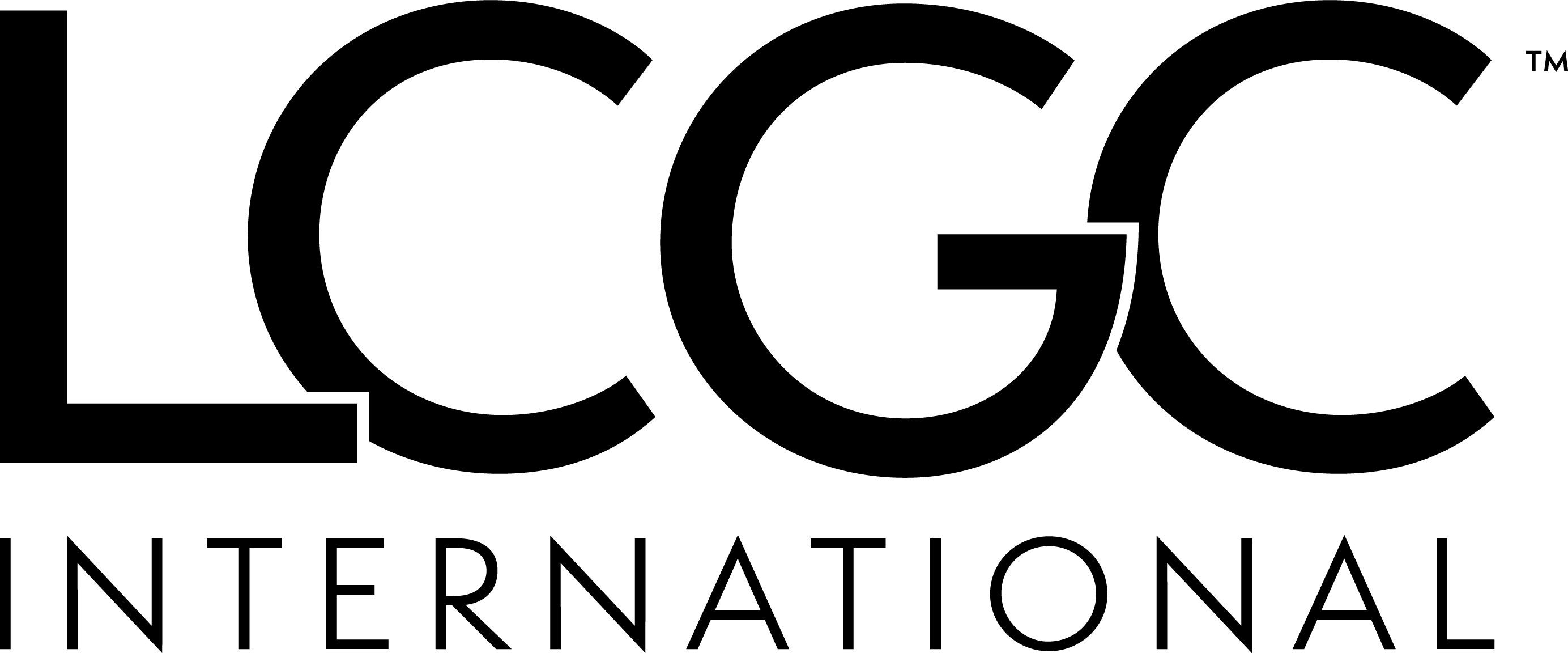
Clinovo Releases ClinCapture 1.0.3 and its New eClinical Suite
Clinovo released a new version of ClinCapture, its advanced open source Electronic Data Capture (EDC) system.
Clinovo released a new version of ClinCapture, its advanced open source Electronic Data Capture (EDC) system. ClinCapture 1.0.3 features new functions including Randomization, Dynamic Groups, and Calendared Events. New advanced features will allow ClinCapture’s users to automate processes, such as event scheduling. ClinCapture 1.0.3 reduces overhead for clinical teams and saves them a significant time in study conduct. ClinCapture has also been complemented with an integrated eClinical Suite introducing height plug-and-play modules including ePRO (Patient Reported Outcome), CTMS (Clinical Trial Management System), and a new offline mode.
ClinCapture 1.0.3 was designed to provide sponsor companies with an extensive and scalable solution to streamline their clinical trials. The system is being utilized on registry studies with more than 20,000 patients over 20 years. “ClinCapture 1.0.3 features an extended set of functions without start-up costs, license fees or vendor lock-in”, explains Ale Gicqueau, President & CEO at Clinovo.
With this new release, ClinCapture becomes the first open source Electronic Data Capture (EDC) system with an integrated randomization capability. Developed in collaboration with Randomize.net, the randomization function performs its role efficiently and seamlessly while preserving data integrity and patient safety. Critical patient data is encrypted throughout the randomization workflow. Randomization time and results are securely logged in the study audit log to ensure 21 CFR Part 11 compliance. The randomization function makes ClinCapture compatible with any clinical studies, involving block, stratified, single- or double-blinded randomization. The randomization function is currently utilized on clinical studies with up to 1,700 patients.
The new Calendared Events and Dynamic Groups functions were designed to automate error-prone and time-consuming processes to reduce overhead and accelerate the study conduct. The new Dynamic Groups function allows sponsor companies to create multiple treatment arms in ClinCapture. Subjects are automatically associated with events related to their treatment arm. The Calendared Events function allows users to automatically schedule events at the completion of a reference event. The function integrates automatic reminder emails when the calendared event is about to begin, and automated queries for missed events according to a pre-defined timeframe. The Calendared Events and Dynamic Groups functions reduce clinical teams’ overhead and streamline study conduct.
ClinCapture’s eClinical Suite extends ClinCapture’s capabilities and meets the needs of medical device and pharmaceutical companies looking to run early and late phase clinical trials or registry studies.
- ePRO: The ePRO module is an intuitive and user-centered platform which captures patient data. It accelerates and lowers the cost of data collection. The reported data is automatically and securely imported from the ePRO module directly into ClinCapture.
- CTMS: ClinCapture integrates with the CTMS system Clinical Conductor to provide tools that coordinate operational, financial, contractual, and administrative aspects of clinical trials. Built for provider networks, AMCs, SMOs, CROs, and sponsors, it is essential for organizations managing multiple studies across multiple sites.
- Offline: ClinCapture can be configured to work in offline mode through Clinovo’s partnership with Mi-Co, the leading player in enterprise-class mobile data electronic forms. Clinical data is seamlessly and securely synced with the database as soon as an internet connection is available. This integration with Mi-Co makes the system compatible with tablets and digital pens to further improve users’ ease-of-use and mobility.
- ClinCapture’s eClinical suite also features a BioSpecimen tracking module developed by caTissue+, a Safety system by Ennov, a Reporting module by Pentaho, and a CDISC module to convert clinical data into CDISC STDM (Study Data Tabulation Model) standards.
See more at:
http://www.clinovo.com/clinovo-releases-clincapture-103-and-its-new-eclinical-suite#sthash.jvkRLTmR.dpuf
Newsletter
Stay current in clinical research with Applied Clinical Trials, providing expert insights, regulatory updates, and practical strategies for successful clinical trial design and execution.





.png)



.png)



.png)
.png)
